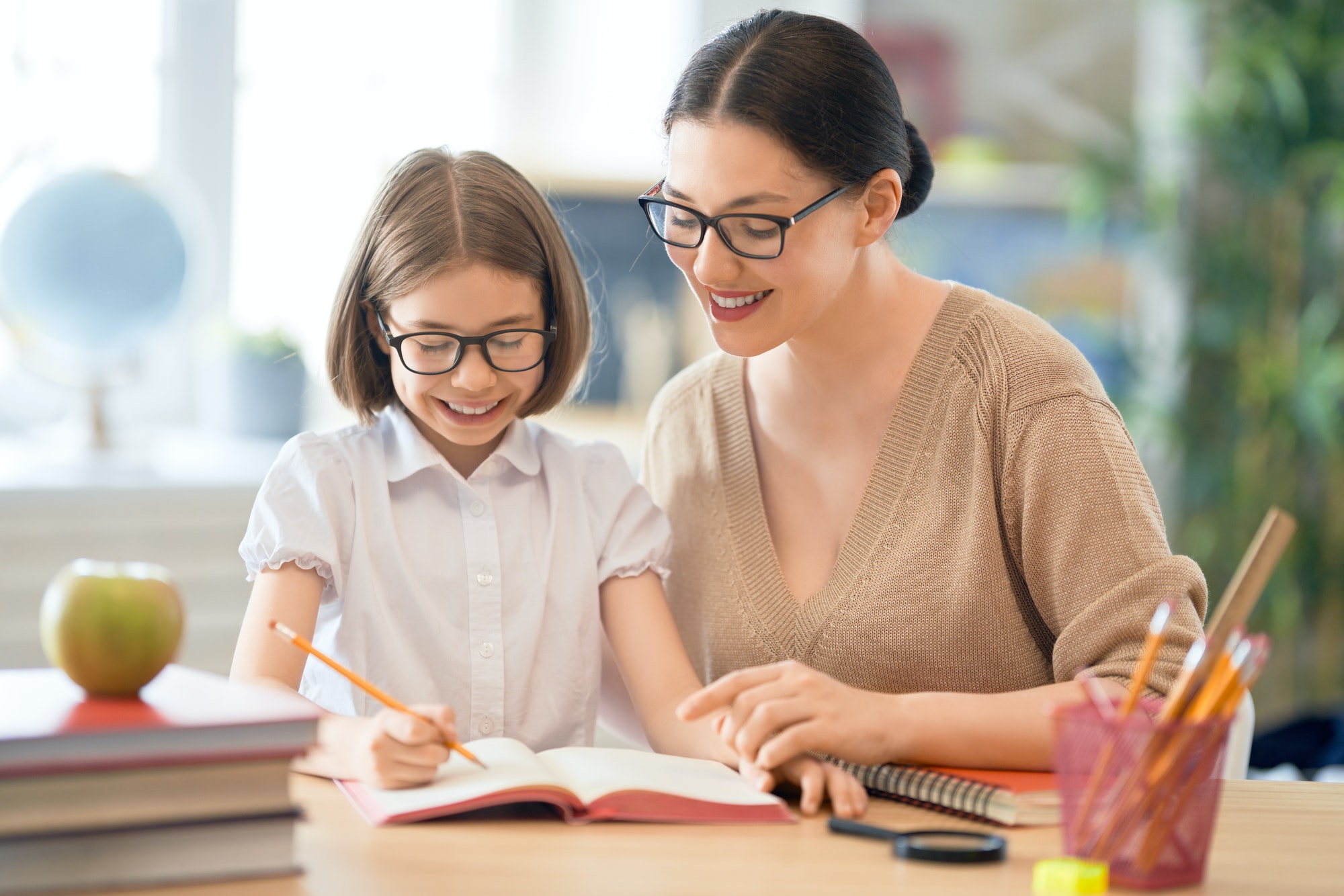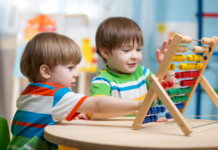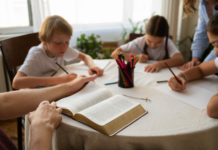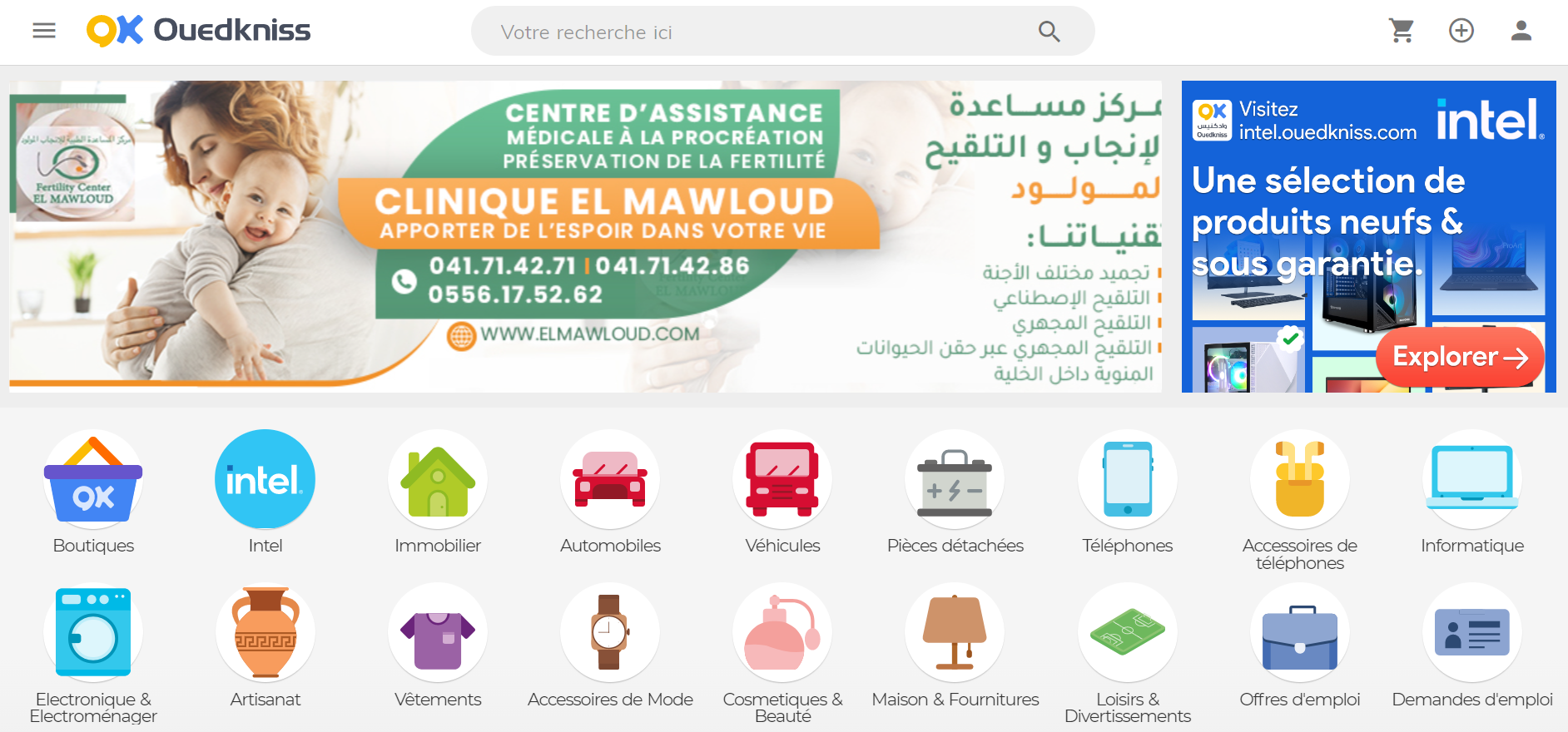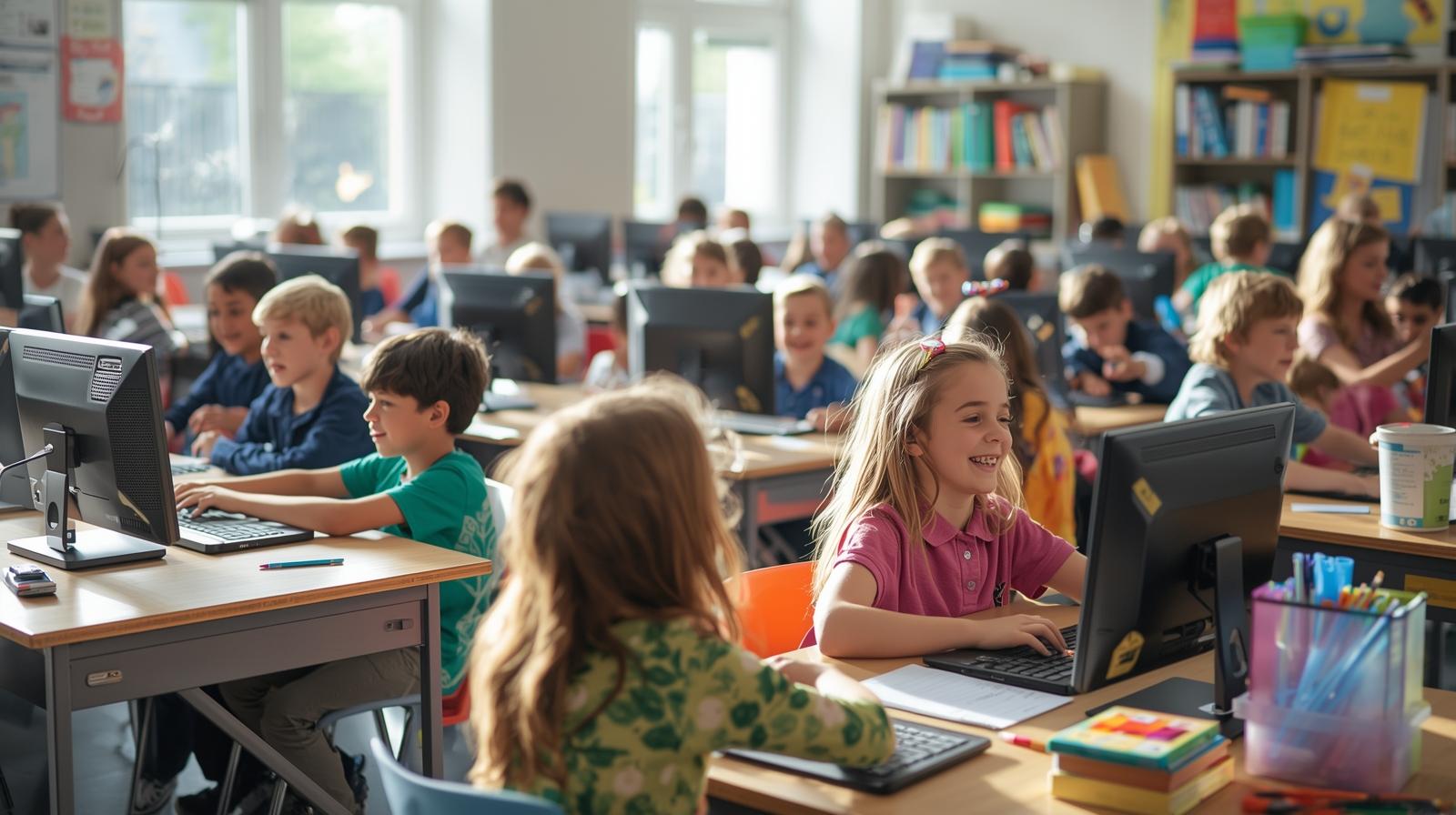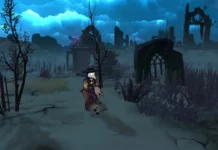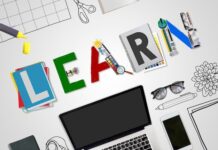Learning through social-emotional skills at school is a method that increasing numbers of schools are using to address the demands of students on their emotional health. In a time of increasing school violence, the rapid advancement of technology, and the ever-growing demands on the social and academic development of our students, it’s now more evident than ever that we should be paying attention to the psychological well-being of both staff and students.
The arts are an obvious connection to learning through the SEL approach. The arts, including music, visual art dance, theater, and other media arts are an accessible point for a lot of students. Humans all connect to the world around them, and they express their perception of the world by the art of a certain way.
The arts help develop empathy. They aid students in identifying and managing emotions. They offer safe ways to test decision-making. When children create art together they become invested in the final product. The arts inspire students to learn about relationships in a way that is authentic.
Remember the effect the SEL program for teachers has on team members as well as staff. Utilizing strategies for social-emotional learning can help increase the effectiveness of teachers as well as reduce burnout and encourage harmony between home and school responsibilities. When combined with creative connections to the arts adult social-emotional education can offer the peace teachers require and also feed their desire to be valued and heard.
Therefore the integration of Social Emotional learning activities theory in and through the arts could make a huge impact. This guidebook is designed to help administrators, educators as well as parents, and artists discover the obvious connections to SEL as well as the art and make use of them to reach out to and educate every child.
Five SEL Competencies with an Arts Lens
Self-Awareness
We would like our students to be able to recognize feelings, understand their strengths as well as areas for development, and develop confidence in themselves. Several standards for the arts exhibit self-awareness in their artistic thinking processes, as well as in the evaluation of the artistic performance/presentation.
Students are expected to develop (Anchor Standard 2) and improve (Anchor Standard 3) their creative project, taking into account self-assessment as well as feedback from teachers and peers. These all contribute to the development of a growth mindset. It also allows students to recognize their accomplishments and pinpoint areas of improvement.
Self- Management
When it comes to working towards academic and personal targets, art and the performing arts offer interesting, practical ways for students to connect with goals by way of performance and presentation. The whole idea behind making an artistic, theatrical dance performance, or an artistic presentation is a goal-oriented method.
Students are required to work in teams or with others, towards the goal of performance or presentation. In the process of creating or rehearsing, there is a significant amount of control over the mind, time, emotions, and behavior so that the final outcome is one that shows the effort, work, and capabilities.
Social Awareness
The concept of perspective-taking and appreciation of diversity, and of valuing the opinions of the other is emphasized within Anchor Standard 10, “Relate artistic ideas and works with societal, cultural, and historical context to deepen understanding.”
Students are required to place themselves in the shoes of other people from different times and cultures to build an appreciation of the meaning behind the work. The ability to view art from the view of someone else improves social awareness, enhances empathy, and enables students to connect more easily with people from diverse backgrounds and different cultures.
Relationship Skills
Arts are collaborative by their nature. Many different forms of art are based on group work: being part of a band or an orchestra, dancing in a group, performing an event, or creating collaborative artwork. These activities all require the capacity to work in a group and communicate, be involved, and be part of a team.
Furthermore, we study the artworks of many artists, especially in the form of theatrical works the relationship skills that are displayed in a piece, and we can look at and see the viewpoint of these characters. This, will hopefully, in turn, develop your emotional intelligence as well as the ability to connect with others.
Responsible Decision Making
Because the arts are built on process, collaboration, and analytical thinking and since the arts force the self-regulation of individuals, as well as to consider the viewpoints of other people, the arts encourage responsible decision-making. Being a part of something greater than you and having a personal stake in the artistic intent behind an artwork should, hopefully, lead to the student’s accountability to themselves as well as to the group, as well as to the creator of the work. The students should treat the artwork with respect, recognize the relationships they share with other peers who are an integral part of the process, and think about the implications of their work and how it will be seen by others. The art world is powerful and students should be taught to take their obligation seriously.
Practical Social-Emotional Learning Activities
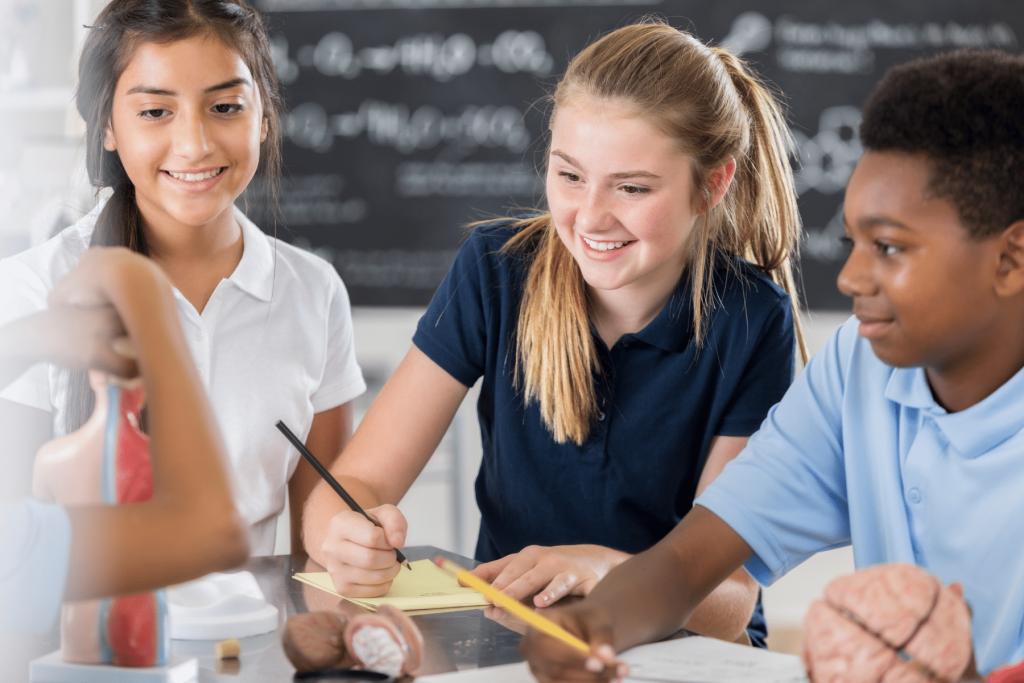
It is crucial that social-emotional learning is taught and modeled for students. How teachers interact with their students as they manage their stress and even with their coworkers are excellent way to demonstrate skills in SEL. Additionally, SEL skills are the concepts of emotional and social are incorporated into the lessons you teach and in your activities! These tips offer six strategies that can be used to promote positive social and emotional learning in your class.
Student-Created Rules and Norms
Every classroom that is successful must have established rules, routines, and guidelines to provide an organized learning environment. Typically, teachers develop their own rules of conduct and do’s for their classrooms in the first place without feedback from students. This is a terrible approach to begin the school year. Instead, let students design the rules of their choosing and standards for their classroom!
Each year, divide students into small groups. Then using poster paper ask them to create a lengthy list of guidelines and rules they wish to observe in their classrooms for the year. Groups should share the list with the entire class, and then they will agree on five or six essential rules of the classroom. When the class has completed the exercise the teacher will prepare a finalized poster containing the rules they have chosen and ask each pupil to take it to sign! Students will be more engaged in the classroom, and they will be more accountable to each other.
Doorway Greetings and Handshakes
First impressions are crucial for the students in the class, particularly when it comes to creating a safe emotional and social learning environment. Students do not want to enter an environment with an instructor seated at their desks, creating the day’s warm-up. Just like every other student, they would like to know right away that they will be welcomed within the learning environment.
Every day, greeting students when they arrive at the school with a handshake or fist bump creates a sense of respect before the class begins. Like in all walks of life, gentle physical contact with a person creates a sense of comfort and connection. Teachers can even create the perfect handshake for each student! Continue this all through the year, and students will be aware that they’re in a place that is supportive of them both socially and emotionally.
Team Building Activities
Effective as well as challenging team-building exercises can help create an environment of collaboration and teamwork. The best part about these games is that they are focused on SEL. There are no grades to be awarded! The primary goal of a great team-building activity is to foster and grow an environment of social harmony within the classroom.
Four Ways to Support Students with Anxiety
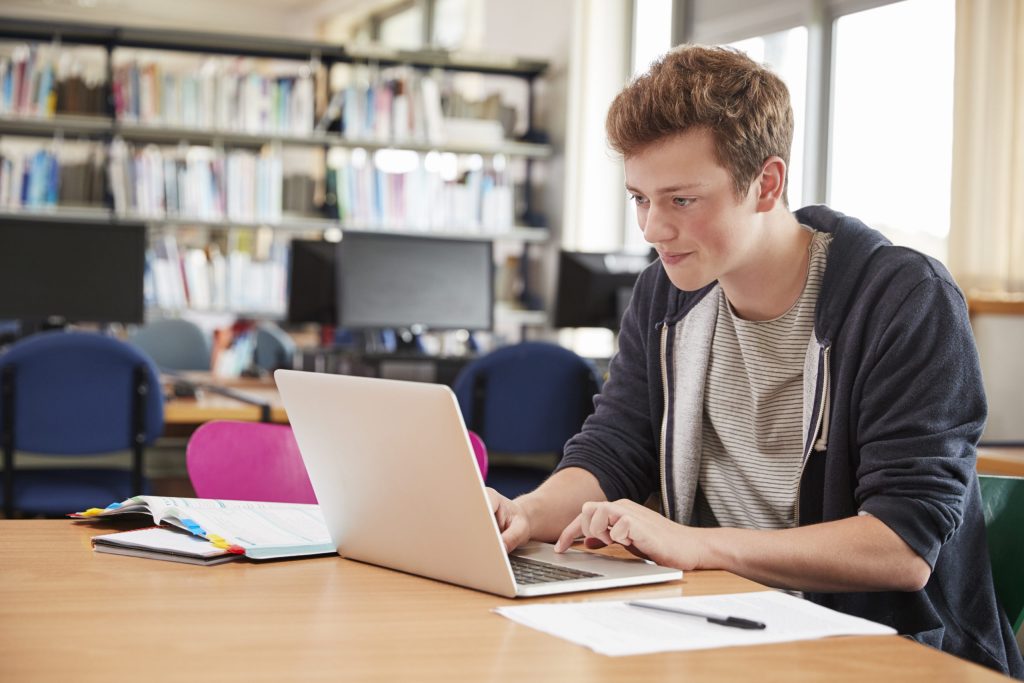
In numerous schools, we’re experiencing an increase in the number of students suffering from anxiety. The data supports our findings. As per the CDC, the CDC estimates that around 4.4 million children between the ages of 3-17 are diagnosed as having anxiety. About 1.9 million of them have had a diagnosis of depression. Although these figures are already very high and rising, they are only increasing ( CDC data). Here are a few specific strategies and activities for social-emotional learning to help reduce anxiety in your students.
Create a Routine Environment and Set Clear Expectations
Establishing a routine is crucial for students who have high anxiety levels. As per WayAhead, “Anxious children are prone to distress when there are unexpected changes in routine”
Making sure you have a steady routine will ensure that children who are anxious are aware of what’s to come. If you’re aware of the possibility that your routine is likely to be disrupted be sure to let the children that in the morning. It might be helpful to write notices to the boards in order for you to inform students of any changes that may occur throughout the day. Students are more relaxed when they know what’s coming up inside the school.
Alongside routines, students with anxiety require clear expectations. The clear expectations of the students allow them to understand exactly what they must do. If students are required to decide, give them the students a limited number of choices instead of offering a variety of options. This lets your child remain engaged in the choice-making process while reducing the fear associated with “making the wrong choice”.
Model Healthy Strategies
Children model their peers and adults. It is crucial to demonstrate and teach healthy ways of dealing with stress. One example of a common adult coping method is to write, exercise, and “cool off” when something stress-inducing happens. If students start to feel anxious and stressed, we can give them a break for a few minutes.
Another option to employ to ease tensions is to provide students with Play-Doh. It allows them to squeeze and ease their anxiety. This article by Katie Hurley encourages you to practice the strategies you want your children to employ. When you are faced with a situation that is stressful, attempt to spend a few minutes of mindfulness. Pay attention to your breathing and calm your nerves. It will help calm children and make them appear more at ease.
Allow Stressful Situations
This could be an unintentional tip. We are trying to help our students who are anxious. What is the reason we allow these students to be stressed?
By removing stress-inducing situations, we could create a worse situation for children. While avoiding stressors can help temporarily students, it doesn’t do anything to improve their lives long-term.
This is particularly challenging for teachers since many are naturally nurturing. We don’t like seeing our students struggle and be in difficult situations. We learn from the pain. This is the reason we place books in front of our students that are above their ability in order to challenge students to become their best.
The process of dealing with stress is the same. The ability to let your student deal with stress on your behalf is a great way to learn. If we allow our students to be taught how to deal with stress, they’ll be able to manage it when confronted with them by themselves. That is the aim of our teaching: to help students be able to handle stress without us.
Engage in the Arts
The arts can be a fantastic option to control stress. There are numerous studies studies about the use of the arts in easing stress for both children and adults.
The arts enable students to express their negative feelings healthily and safely. This is essential, especially for students suffering from excessive stress levels. If students are experiencing high levels of stress, we have to provide them with outlets to deal with stress. Creativity is among the avenues that teachers must look into.
The need for a stress management system in our classrooms is not a “good idea”, but an absolute necessity. Students are experiencing greater stress and the results are spilling over in our classes. It is imperative to keep understanding our students and how to best assist them.
How to Support Students Experiencing Trauma
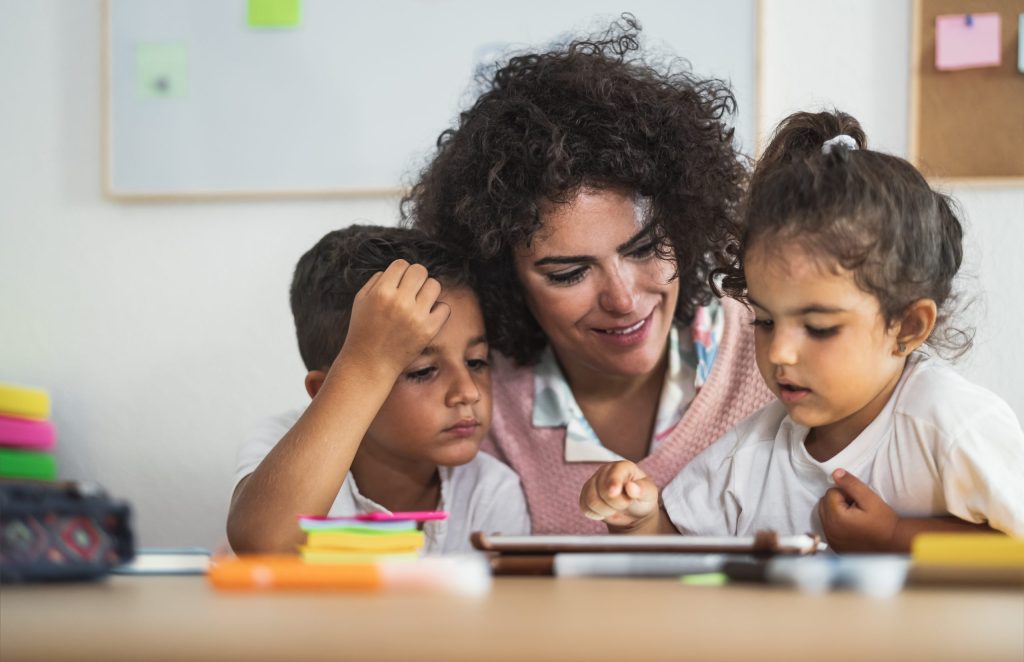
Did you consider that anywhere from half to two-thirds of pupils in the class regardless of their socioeconomic or cultural background, have suffered trauma? Trauma can be defined as an unhealthy stress in a child’s life that goes beyond their ability to cope. The Study conducted by the Centers for Disease Control and Prevention’s Adverse Childhood Experiences Study uncovered the connection to childhood trauma as well as chronic illnesses people suffer from at the age of adulthood, as well as emotional and social issues. Trauma that is experienced before the age of 18 alters the way that the brain functions. If a child is subject to constant tension, the cortisol levels are always elevated. This can increase the “fight or flight” response and make them incapable of regulating it by themselves.
We are that adult. Our responsibility is to never let children down regardless of how difficult their behaviour may be. Our interactions every day can define the day for students.
What can you do to tell when a child is experiencing trauma?
This is a tricky question. Students who have experienced trauma could be exhibiting difficulties with their behavior. They are the “shark” students, who shout at others or you and who aren’t following instructions or appear obstinate and manipulative or in need. If a behavior is displayed in an eerie manner should be considered, it is important to remember that this child is an inside goldfish and has their fundamental needs fulfilled.
Other students could completely cover up the possibility of experiencing trauma. You might not even be aware that they’ve experienced trauma because they don the appearance of a goldfish while experiencing a shark-like sensation inside. It’s more difficult to address the specific demands of these students since you don’t even know they’re struggling.
The Arts and Trauma-Informed Instruction Strategies
Certain students who are experiencing trauma may suffer from academic gaps because of absence from school or inability to achieve their potential due to their circumstances. If school is a major aspect of their life and they’re not achieving and are struggling, it is a challenge to their ability to bounce back. The arts provide a space where students can shine regardless of whether they’re struggling academically, and help students build confidence in themselves. The arts as a special offer an additional chance for students to establish solid relationships with a loving, caring adult as well as providing an outlet for creativity.
Moving Forward
Aiding students suffering from trauma is not an easy solution. Sometimes, it appears that we’re doing everything in our power and don’t see an improvement. Even if you don’t see an immediate change, you can persevere- remember, it’s just one responsible adult to redress the effects of trauma. You can create a lasting impact on the capacity of your students!
Examples of Exercises in Social-Emotional Learning using the arts
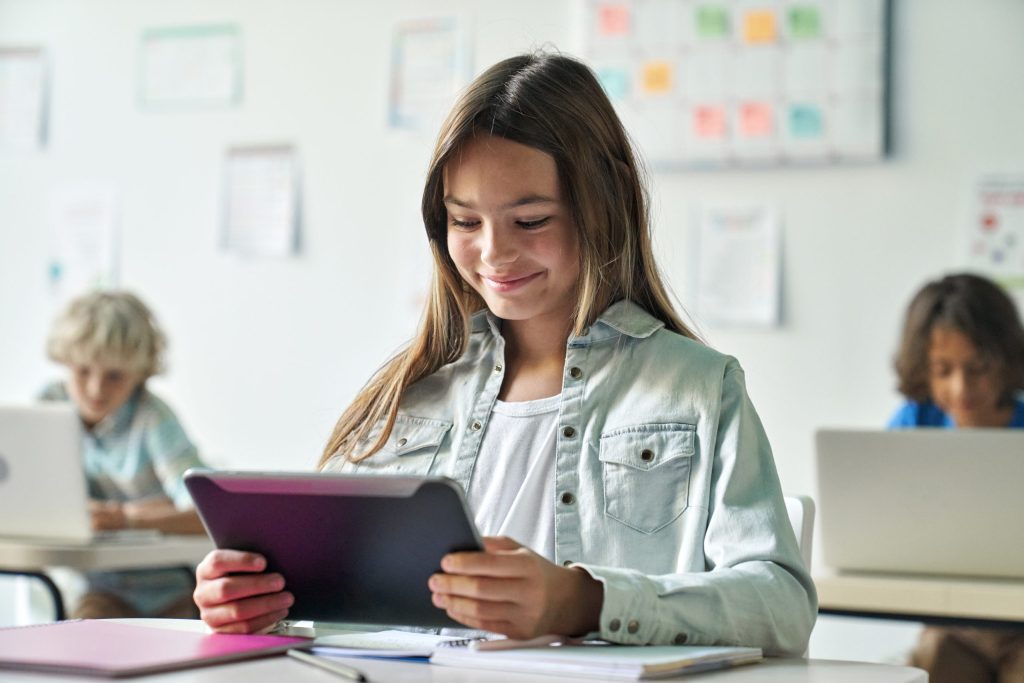
There are a variety of ways to apply SEL through the arts into practice. Even if you have a specific social-emotional education curriculum concepts can be integrated into many different lessons:
Theater-Focused Ideas (Any Level)
Drama can be a fantastic entry to integrate with the creative arts as well as ELA standards and is also an opportunity to explore the character. Through the study of the characters of a story, we can examine the mood of the characters, the motivation behind their decisions, and the causes and impact of their actions. In a nutshell, we get an opportunity to get out of our perspectives and see a scene through the eyes of another.
This kind of understanding can assist our students in making the connections between their thoughts emotions, feelings, and motivations. It will also aid in developing empathy and emotional skills to foster a cohesive class and positive interactions between students.
Create a Language that Demonstrates Social Competence
When you are beginning to master ELA requirements this school year as you begin reading as well as writing your own stories start to pay attention to what are the Elements of Drama (space, time and time, imitation, action language as well as energy). Pay special attention to space, actions, language, and energy. When you are exploring characters, their motivations, thoughts and emotions, conflicts, and the reason and impact on their behavior, start to build this common vocabulary that combines ELA and drama as well as social-emotional skills. This can be an effective method for your students to discuss motivations, thoughts and emotions, conflicts as well as cause and effect in your classroom and your academic material.
Learn to Deconstruct the Communication
Explore the world of the body language and voice. Students should consider how voice and inflection can affect the message of a phrase or story. Students should record their voices and then play them back to help students become aware of how the manner they use their voices could be perceived by an audience. Like with voice, let students consider the ways that facial and body language expressions influence the way that communication is perceived.

